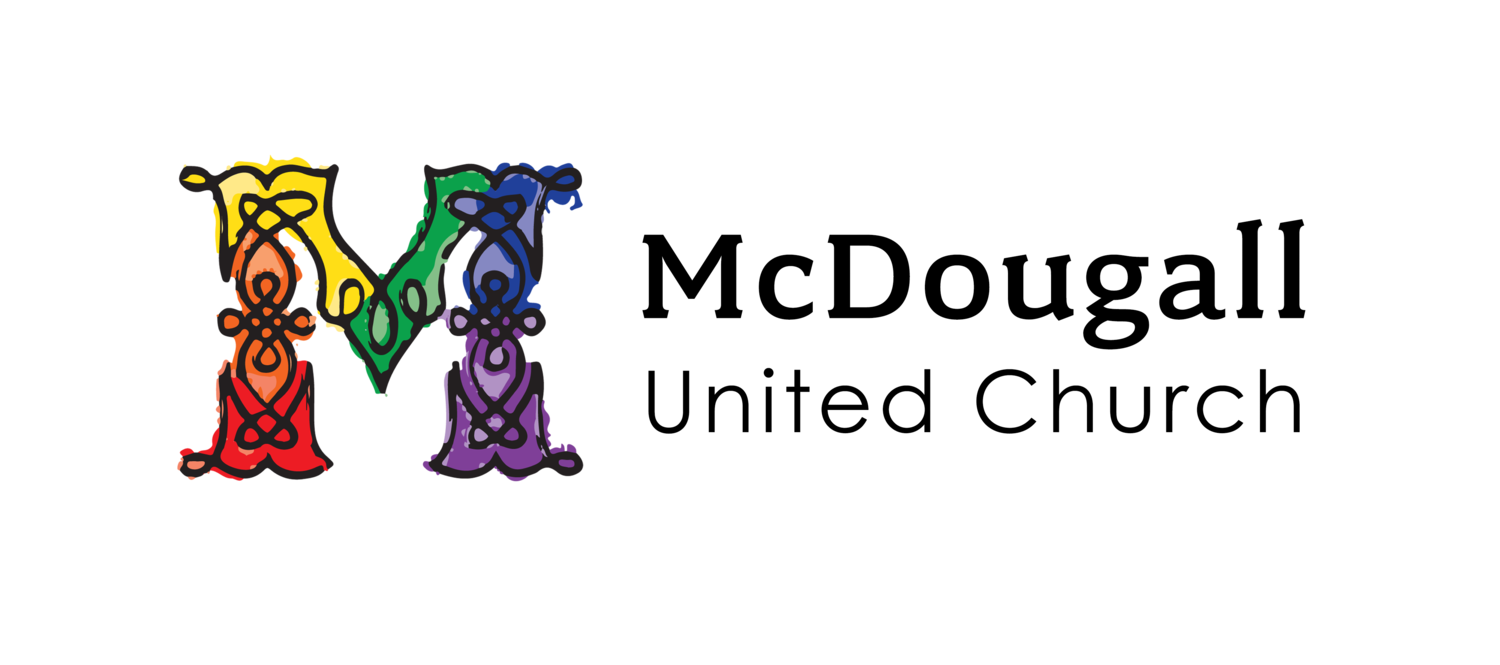Choral Listening Series - Recording #11
Go the Distance - Alan Menken, arr. Aaron Dale (performed by Vocal Spectrum)
That ending. I don't know how they can have any lungs left!
Vocal Spectrum is my favourite barbershop quartet, and I hope you enjoyed their rendition of Go the Distance, from Disney's Hercules. The bass of the group is one of the best I've heard- notice how his voice acts as a warm and round (but also precise!) foundation for the rest of the chord.
Here is some background information about barbershop:
Barbershop music is characterized by four voices singing in close harmony, typically in a homorhythmic fashion (taught in Recording #8). The music is usually catchy, using easily understandable lyrics and a singable melody. The rhythm and time are often stretched out or condensed, depending on the group's interpretation. Barbershop music will traditionally allow groups the luxury of taking their time where they'd like to.
This style of music can be dated back to the late 1800's and early 1900's, and is a fusion of a couple things: African-American young men would get together casually from time to time to sing harmonies as a form of hanging out; "cracking a chord" was the phrase. In the US white societies, barber shops were the centre of men's society, and a lot of the barbers were also musicians who would sing together. In short, these two styles eventually combined, and the genre was formalized by the Barbershop Harmony Society in the 1940's.
Barbershop quartets were all male for a long time, but in the 21st century female
barbershop groups have gained renown. If you are interested in a good female quartet, check out the GQ quartet on Youtube - there's lots of good stuff there. The one element that is so important in a female quartet is having a woman with a low enough voice to sing the bass part. To balance the chords properly, the bass part will need to go down to around a low C (the one below middle C), if not lower, which I'm sure you know is very rare for a woman's range. The GQ bass has a great low end.
Back to the recording now:
Interestingly, the melody is almost never in the top part, it's usually in the second to top part. This is called the "lead" part. The tenor harmonizes over top of the melody (but usually in more of a countertenor range!), the bass provides the foundation of the chord way down low, and the baritone part fills in the missing harmony (usually in more of a tenor range). Except for the bass, the vocal ranges don't correspond too much to their classical counterparts.
The last section of the piece is called the "tag". The tag involves a "post", which is the incredibly long note held out for almost 30 seconds(!!) by the tenor Tim Waurick (depicted in the video), combined with the shifting harmonies in the other three parts. I hope you enjoyed this one, it's hands down the best tag I've ever heard.
